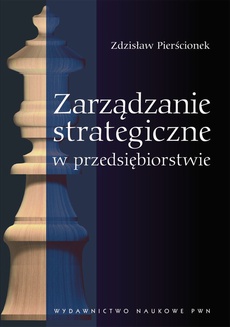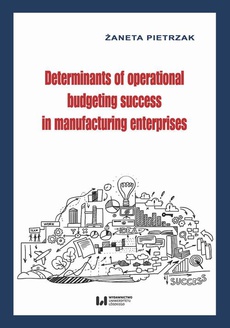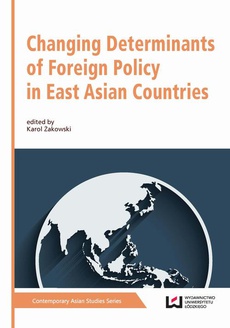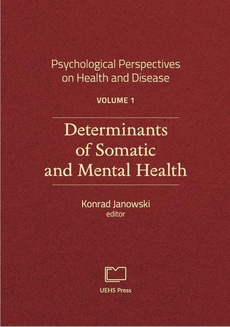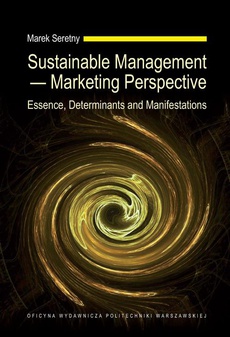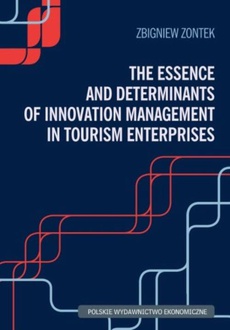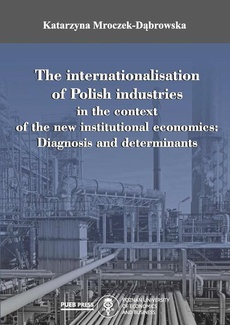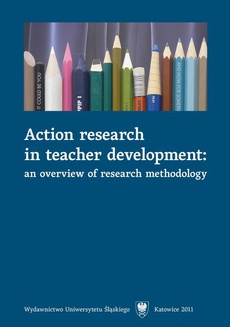INNE EBOOKI AUTORA
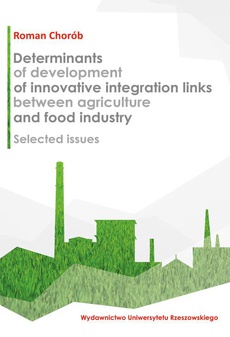
Determinants of development of innovative integration links between agriculture and food industry
Selected issues (on the example of Podkarpackie Province)
Autor:
Format:
ibuk
Opracowanie stanowi bardzo dobre studium różnego rodzaju innowacyjnych powiązań pomiędzy rolnictwem a przemysłem rolno-spożywczym w warunkach dynamicznych zmian rozwojowych, jakie występują w tym względzie. Publikacja dotyczy zatem aktualnych zagadnień o znaczeniu strategicznym. Jest opracowaniem na wysokim poziomie naukowym, charakteryzuje się bardzo dobrą kompozycją merytoryczną i umiejętnie dobranym zbiorem pozycji bibliograficznych. W studium wykorzystano stosunkowo szeroką bazę informacji statystycznych, wyprowadzając logiczne i merytorycznie ważne wnioski. Należy również podkreślić dobry poziom języka angielskiego i staranny edytorski wizerunek publikacji. To, co warto także zaak-centować, to umiejętne przedstawienie dalszych badań w obszarze powiązań wy-stępujących w rolnictwie i przemyśle przetwórczym.
Z recenzji prof. zw. dra hab. Stanisława Wydymusa
| Rok wydania | 2016 |
|---|---|
| Liczba stron | 136 |
| Kategoria | Zarządzanie, organizacja, strategie |
| Wydawca | Wydawnictwo Uniwersytetu Rzeszowskiego |
| ISBN-13 | 978-83-7996-249-5 |
| Język publikacji | angielski |
| Informacja o sprzedawcy | ePWN sp. z o.o. |
POLECAMY
Ciekawe propozycje
Spis treści
| INTRODUCTION | 9 |
| Chapter I | 13 |
| CONNECTIONS AND FORMS OF INTEGRATION IN FOOD ECONOMY | 13 |
| 1.1. The essence of integration links | 13 |
| 1.2. Specific features of the agricultural and food markets | 16 |
| 1.3. Motives for development of integration links in market economy | 19 |
| 1.4. Typology of integration links | 21 |
| 1.5. A review of selected forms of vertical and horizontal integrations | 26 |
| Chapter II | 31 |
| OVERVIEW OF CONCEPTS OF INNOVATIVE INTEGRATION LINKS | 31 |
| 2.1. The outline of ideas and the genesis of concepts of cluster structures | 31 |
| 2.2. Clusters and cluster initiatives – comparative aspects | 36 |
| 2.3. Legal forms of creating cluster initiatives and clusters | 38 |
| 2.4. The benefits and advantages of functioning of innovative structures | 41 |
| 2.5. Limitations and risks associated with functioning of clusters | 45 |
| Chapter III | 50 |
| KEY FACTORS OF DEVELOPMENT OF CLUSTER INITIATIVES AND STRUCTURES | 50 |
| 3.1. Cluster development processes | 50 |
| 3.2. Economic determinants | 52 |
| 3.2.1. Supply determinants | 54 |
| 3.2.2. Demand factors | 57 |
| 3.2.3. Structural determinants | 59 |
| 3.3. Institutional factors | 62 |
| 3.3.1. Institutions supporting development of clusters | 63 |
| 3.3.2. The policy of support for cluster structures | 65 |
| 3.3.3. Opportunities for developing cluster initiatives in the agri-food sector | 70 |
| Chapter IV | 75 |
| STATE AND DETERMINANTS OF DEVELOPMENT OF CLUSTER INITIATIVES IN PODKARPACIE IN THE LIGHT OF RESEARCH | 75 |
| 4.1. An overview of the functioning cluster initiatives | 75 |
| 4.2. The scope and methodology of research on agricultural producers and processing units | 81 |
| 4.3. The methodology of research on the opinion of entities running farms | 82 |
| 4.4. Characterization of the method of selection of units functioning in the field of food Processing | 85 |
| 4.5. Factors affecting the development of integration links in the opinion of agricultural Producers | 88 |
| 4.6. Determinants and development opportunities of integration structures in the opinion of | |
| representatives of processing companies | 99 |
| Chapter V | 109 |
| DIAGNOSIS OF CONDITIONINGS, RESTRICTIONS AND FORECAST FOR DEVELOPMENT OF CLUSTER STRUCTURES IN PODKARPACIE | 109 |
| 5.1. The assessment of state and potential for development of cluster initiatives | 109 |
| 5.2. The specificity of the agri-food sector and the limits of development | 112 |
| 5.3. The mission, vision and objectives of the functioning cluster initiatives | 115 |
| 5.4. Recommendations and forecast for development of agri-food clusters | 117 |
| 5.5. Courses of development of the province based on clusters | 120 |
| SUMMARY AND CONCLUSIONS | 124 |
| REFERENCES | 128 |
| INTERNET SOURCES | 134 |
| LIST OF TABLES | 135 |
| LIST OF FIGURES | 136 |



